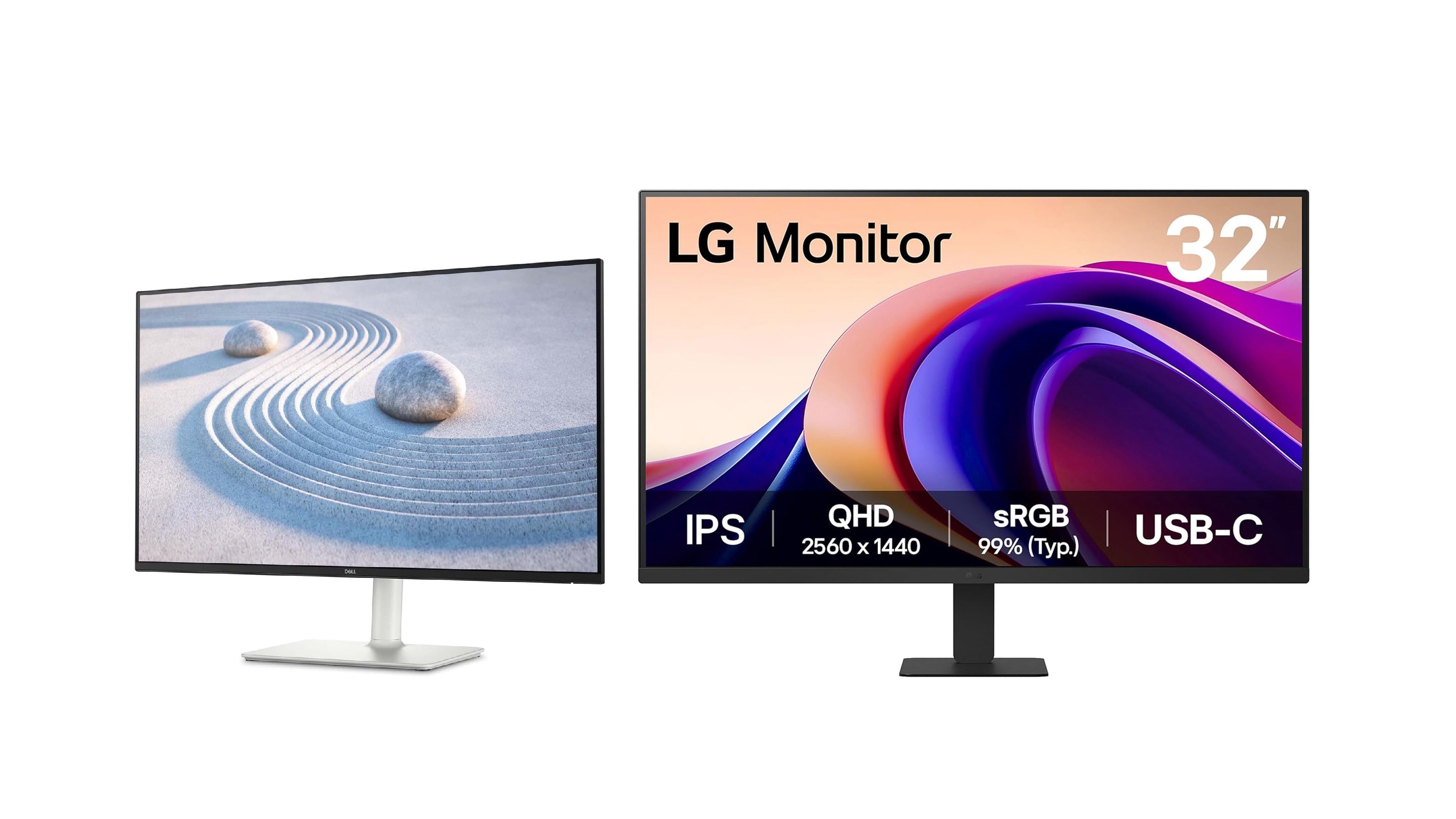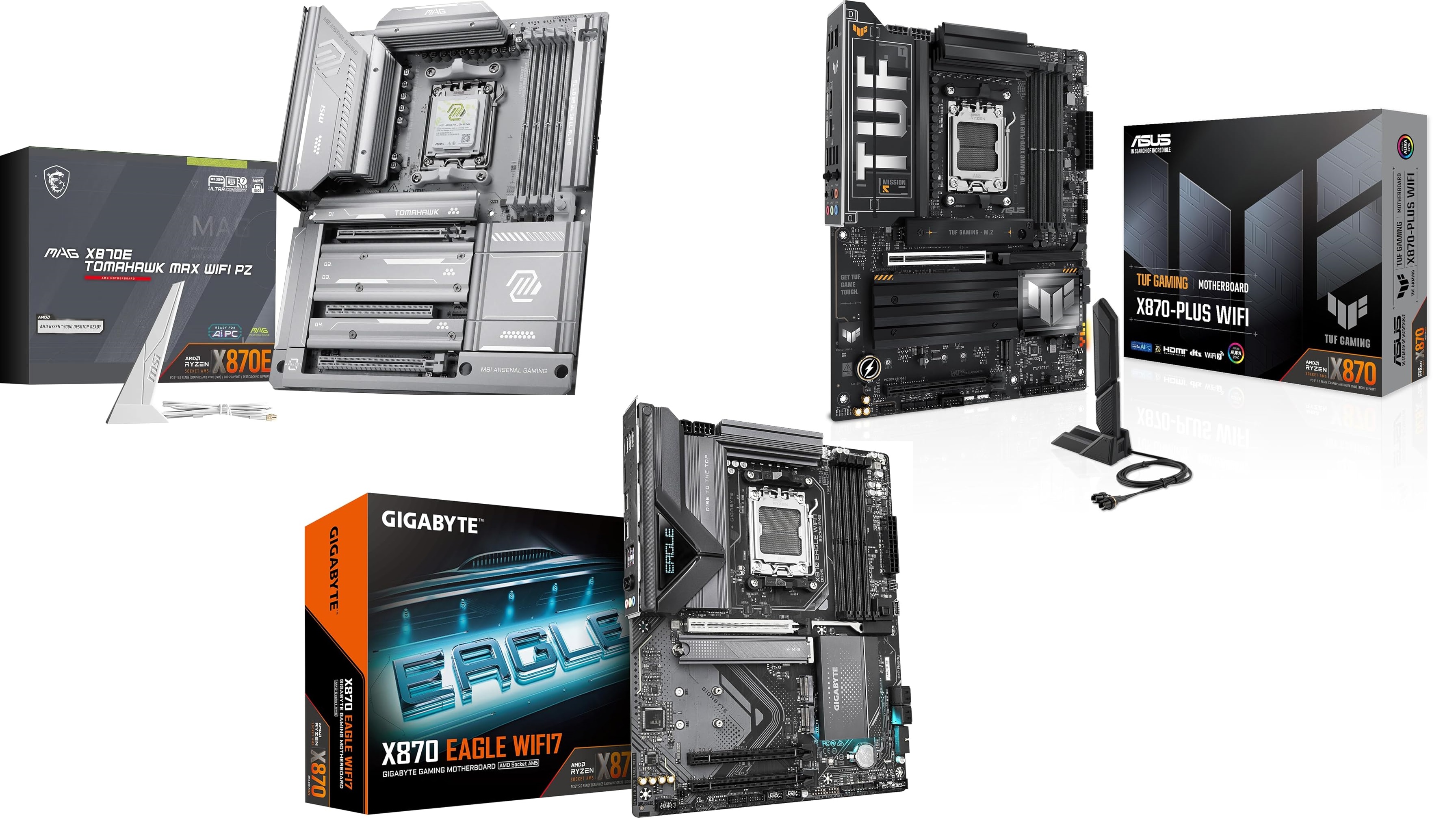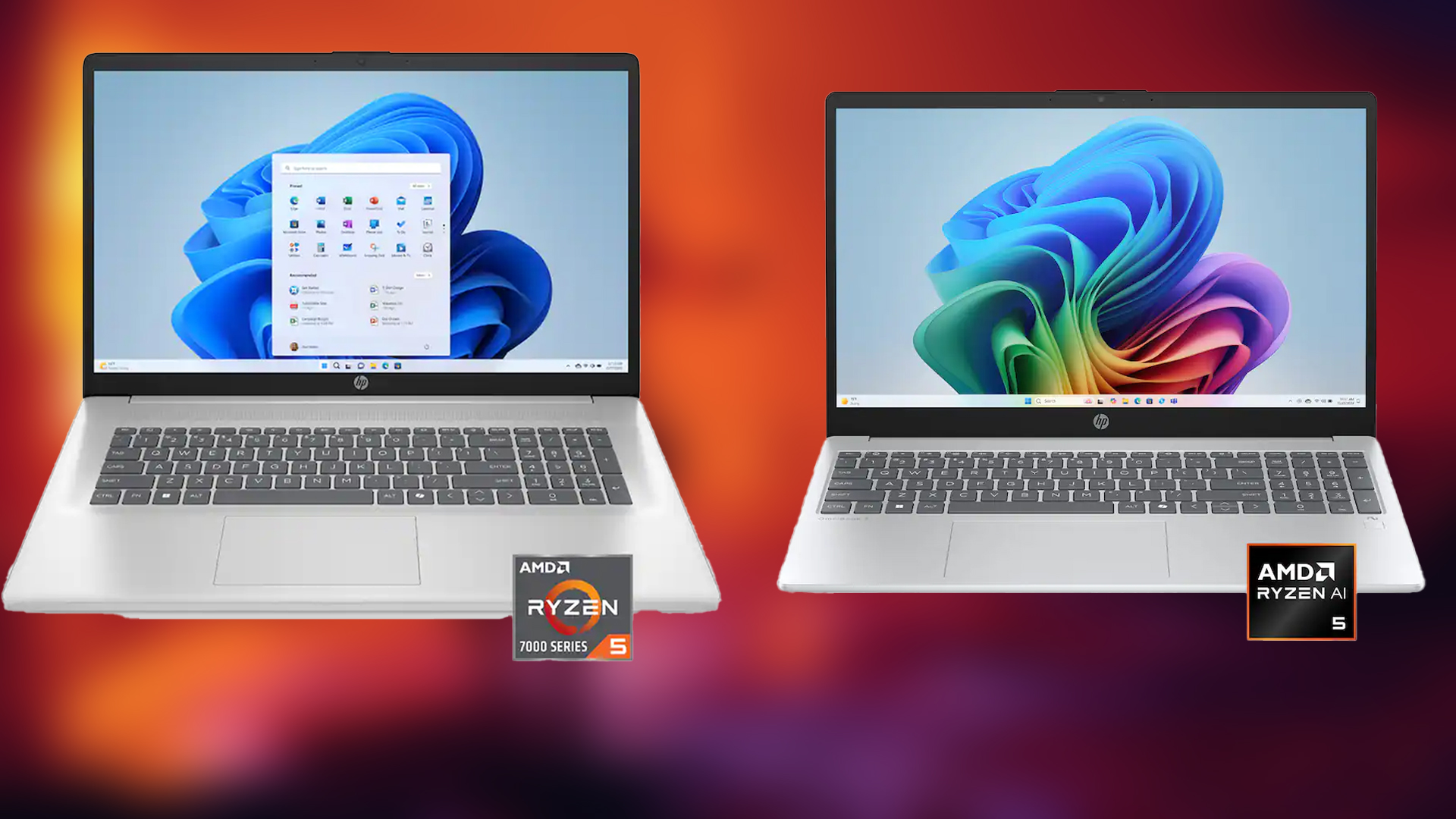Discover warranty-safe and user-friendly methods for cleaning the internal components within your laptop without needing to open it.
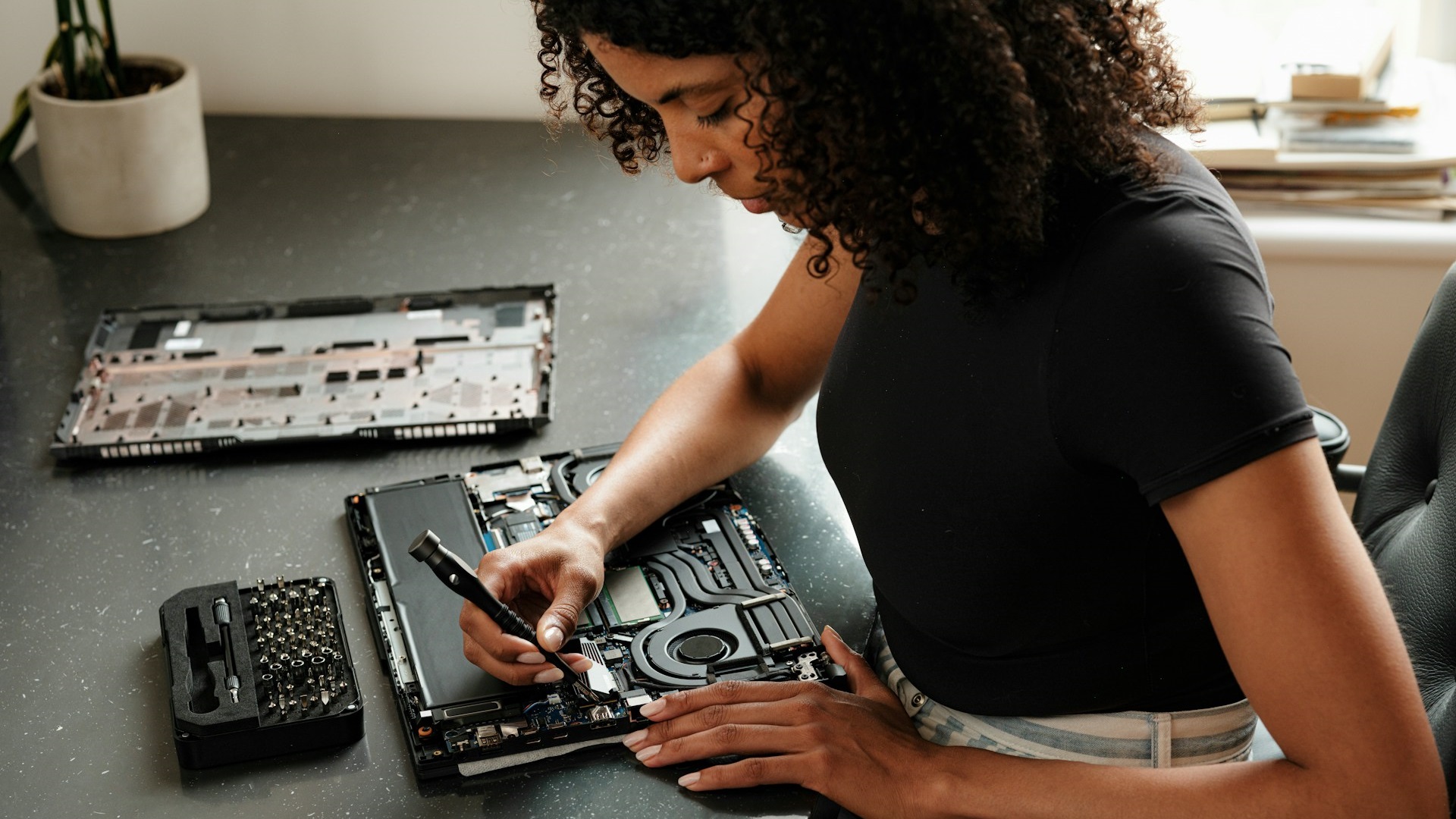
Most users prefer not to open their laptops simply because they wouldn’t be able to put them back exactly as they were. Not only that, but most manufacturers, apart from a RAM or SSD upgrade or change, place booby traps, such as warranty tamper seals, so that users trying to open them accidentally void their warranty.
What advanced users do is they know where these traps are, and they use a heat gun to loosen the adhesive, then very carefully scoop it out. However, the average person cannot take such risks. For anyone afraid to open their laptop, this guide is prepared to help them clean their laptops internally without needing to open them.
Note: This method does not allow for the replacement of thermal paste. To do that, you’ll need to open the laptop and manually disassemble the cooling system.
Clean Your Laptop Internally Without Opening It
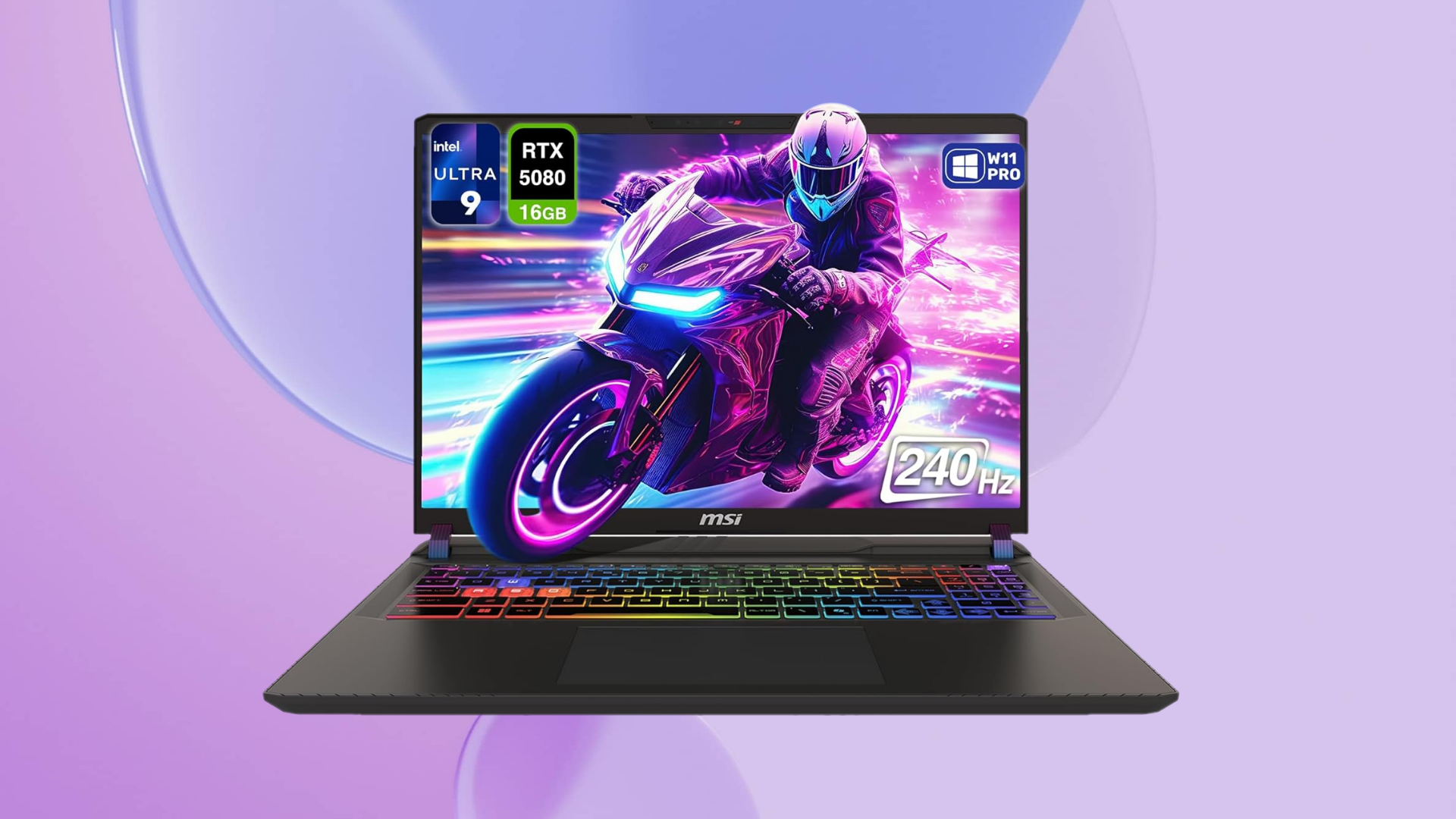
Firstly, you need to get out of your workspace, as a lot of dust will accumulate. If you have dust allergies, consider asking for a helping hand to do this for you. Ensure they are also resistant to dust allergies, as otherwise, it would be a double jeopardy. That said, follow the steps below:
- Turn off and unplug your laptop.
- Position the laptop so the vents face down or sideways.
- Use a super-powered air blower in short bursts to blow dust out of the vents and fan pathways.
- Hold the blower upright and keep it several inches away to prevent moisture or static buildup.
- Optionally, use a small vacuum or a soft-bristled brush at the vent openings to remove any leftover debris.
- Repeat every three to six months for best airflow and cooling.
That’s pretty much it. If you want to be more definitive, consider opening up the RAM/SSD slots, then point the blower there, at low speeds, of course, and you’re done.
Looking For More Related to Tech?
We provide the latest news and “How To’s” for Tech content. Meanwhile, you can check out the following articles related to PC GPUs, CPU and GPU comparisons, mobile phones, and more:
- 5 Best Air Coolers for CPUs in 2025
- ASUS TUF Gaming F16 Release Date, Specifications, Price, and More
- iPhone 16e vs iPhone SE (3rd Gen): Which One To Buy in 2025?
- Powerbeats Pro 2 vs AirPods Pro 2: Which One To Get in 2025
- RTX 5070 Ti vs. RTX 4070 Super: Specs, Price and More Compared
- Windows 11: How To Disable Lock Screen Widgets
 Reddit
Reddit
 Email
Email
